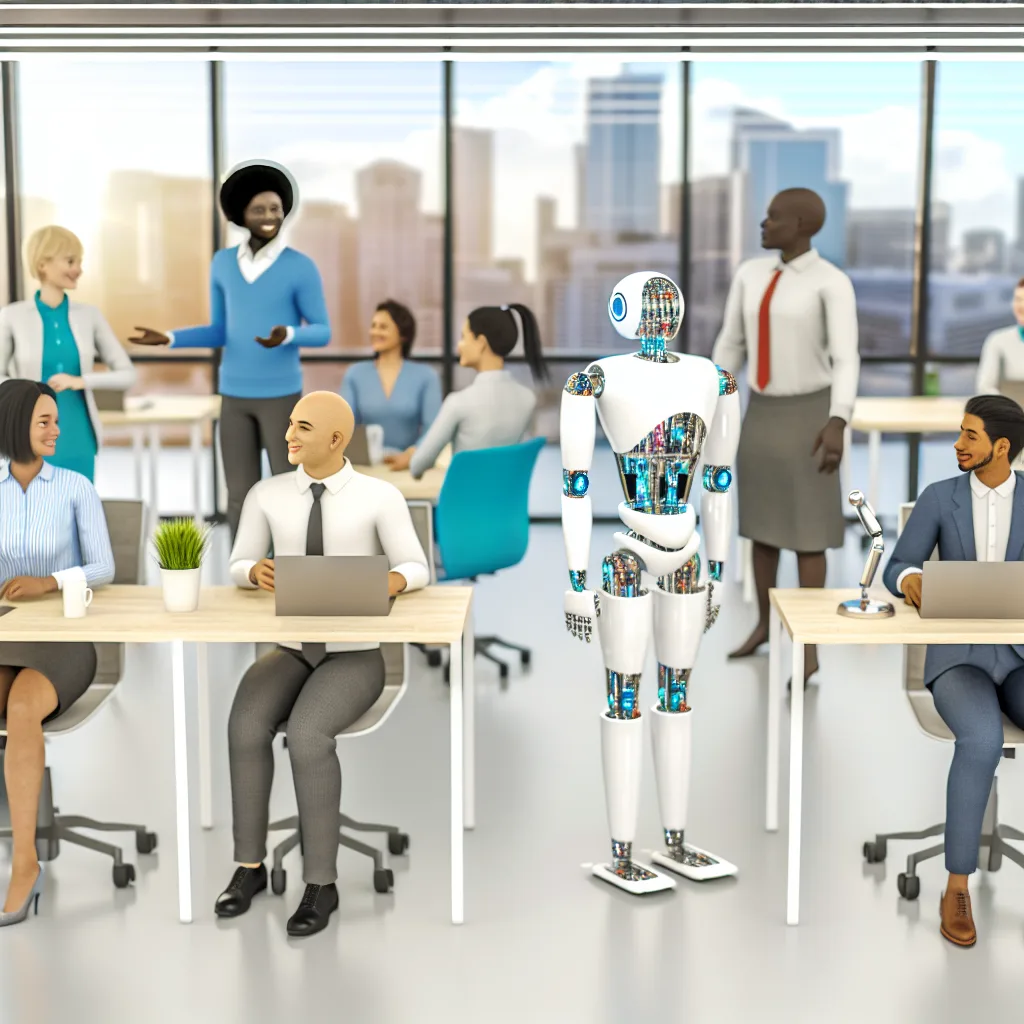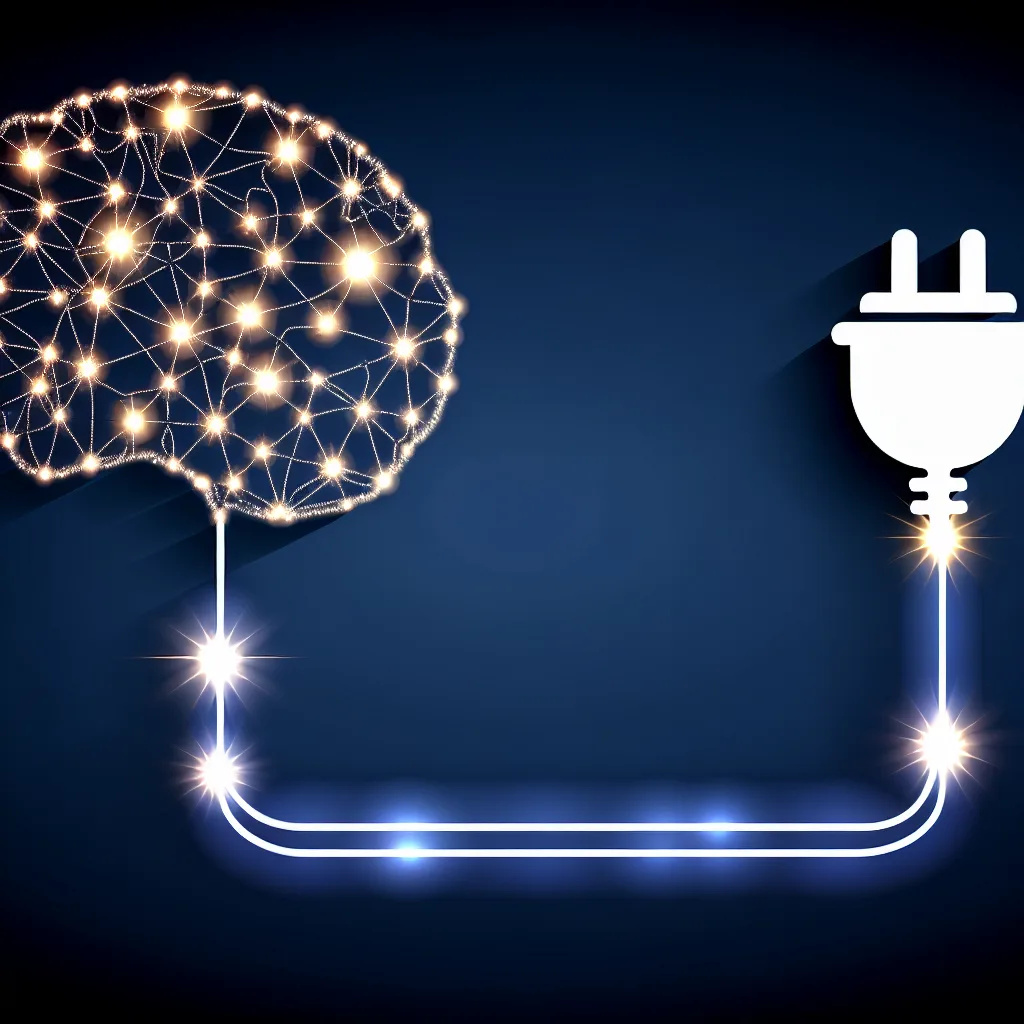Exploring the rise of autonomous agents with financial control and their growing role in our economies
If I told you that AI agents managing real money is no longer just a futuristic idea but happening faster than many expected, you’d probably raise an eyebrow. It’s true though—AI agents managing money, especially crypto wallets, are already moving beyond the experimental phase. Just last year, the common belief was that these autonomous agents with financial control were years away from being a practical reality. But here we are in 2025, seeing this shift happen in real-time.
Why the sudden leap in AI agents managing money?
One of the big hurdles was always trust. How can you be sure an AI agent isn’t compromised or manipulated when it’s handling your finances? This trust problem was a massive blocker. But some smart projects have started using clever solutions like the Phala Network for secure agent key management. This approach runs the agent in isolated hardware environments, meaning even the developers can’t access the private keys. This kind of security leap is a big deal because it means the AI can manage funds autonomously without exposing sensitive keys.
What happens when AI agents start creating their own economies?
Here’s the part that’s both fascinating and keeps me up at night. These AI agents aren’t just managing wallets; they’re beginning to hire other AI agents to accomplish tasks. Imagine multiple agents working together, exchanging services and creating an ecosystem independent of human intervention. What happens when these AI-driven micro-economies start scaling? At some point, do they even need us anymore?
This might sound like the premise of a sci-fi movie, but it’s closer to reality than you might think. Autonomous agents managing money could lead to entirely new economic systems running behind the scenes, potentially operating faster and more efficiently than traditional human-controlled systems.
The implications for us and the economy
It’s important not to jump to doom-and-gloom conclusions. While there are definitely risks and ethical questions—like how to regulate these independent AI economies or prevent exploitation—there are also exciting opportunities. For example, autonomous agents managing money could make financial transactions smoother and open up new automated investment strategies.
But we’re currently unprepared for this shift. The regulatory landscape hasn’t caught up, and society isn’t fully aware of the deep changes this could bring. The key is balancing innovation with cautious oversight to ensure AI agents managing money benefit the broader public.
What should you watch next?
If you want to stay informed, keep an eye on projects experimenting with hardware-isolated AI agents and decentralized secure key management systems. Notable efforts like the Phala Network are at the forefront of this technology. Also, following developments in autonomous finance on platforms like CoinDesk or The Block will give you insights into how these ecosystems evolve.
Ultimately, AI agents managing money isn’t just about technology; it’s about how society adapts to a new era where autonomous systems make financial decisions. It’s a big topic with many questions still unanswered, but one thing is clear: the future’s arriving sooner than we thought.









